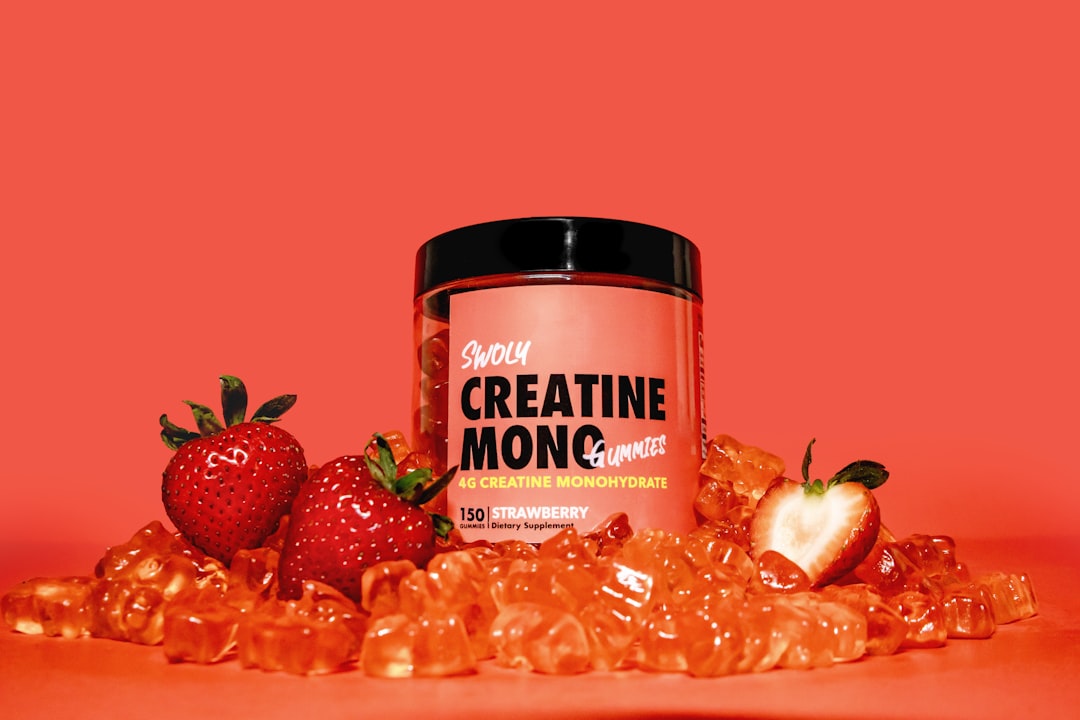
Cyclical Loading vs. Continuous Use of Creatine Monohydrate: Which is Best?
When it comes to enhancing athletic performance, few supplements have gained as much acclaim as creatine. Among the myriad of options available, creatine monohydrate stands out as one of the most researched and efficacious forms. However, a debate has long circulated within fitness circles: should users adopt a cyclical loading approach to their creatine regimen, or is continuous use the way to go? In this comprehensive guide, we'll break down the two methodologies, explore the creatine benefits, and help you determine the best option to optimize your performance.
Understanding Creatine
Before diving into the specifics of loading and continuous use, let’s take a moment to understand what creatineactually is. Naturally occurring in the body, creatine is a compound that plays a pivotal role in energy production, particularly during short bursts of high-intensity exercise. Found in foods like red meat and fish, it can also be consumed through premium creatine supplements.
When you supplement with creatine monohydrate, you increase your muscle stores of phosphocreatine. This, in turn, enhances your muscles’ ability to produce ATP (adenosine triphosphate), the energy currency of the cell. As a result, many athletes and fitness enthusiasts have experienced improved performance metrics such as strength, power, and endurance.
The Concept of Loading
Cyclical loading is a well-known method many athletes choose when incorporating creatine supplements into their diet. This approach involves a **loading phase** followed by a **maintenance phase**. Let’s break this process down further:
Loading Phase
The loading phase typically lasts 5-7 days and consists of a higher daily intake of creatine. This involves consuming about 20 grams of creatine per day, divided into 4 doses of 5 grams, spread out throughout the day. The aim is to saturate your muscles with creatine quickly.
Maintenance Phase
After the loading phase, a maintenance dose of 3-5 grams per day is recommended to keep creatine stores elevated. This phase allows your body to sustain the heightened performance enabled by creatine.
The Continuous Use Method
In contrast to cyclical loading, some athletes choose to take a lower, consistent dose of creatine without a formal loading phase. This approach involves taking around 3-5 grams of creatine monohydrate daily, allowing the muscle stores to gradually increase over time.
Benefits of Continuous Use
Continuous use proponents argue that this method can lead to similar long-term benefits without the high intake required during loading. Moreover, eliminating the loading phase may reduce potential gastrointestinal discomfort that can occur with high doses of creatine.
Cyclical Loading vs. Continuous Use: The Pros and Cons
Now that you’re familiar with the respective methodologies, let’s explore their pros and cons to help you decide the best approach for you.
Pros of Cyclical Loading
- Rapid Saturation: Loading allows muscles to reach saturation quickly, enabling faster gains in strength and performance.
- Immediate Performance Boost: If you have an upcoming competition or event, loading can yield immediate benefits.
Cons of Cyclical Loading
- Potential for Discomfort: Higher doses may lead to gastrointestinal issues, such as bloating or cramping, especially in those sensitive to creatine.
- Short-Term Focus: While effective in the short term, it may not be sustainable for long-term users.
Pros of Continuous Use
- Sustained Intake: Consistent dosing allows for gradual increases in muscle creatine levels over time.
- Less GI Discomfort: Lower daily intake can reduce the likelihood of side effects.
Cons of Continuous Use
- Slower Gains: It may take longer to experience noticeable improvements in performance compared to loading.
- Requires Consistency: Skipping doses may impact the gradual buildup of creatine reserves.
Which Method is Right for You?
The choice between cyclical loading and continuous use ultimately depends on your fitness goals, lifestyle, and personal preferences. Here are some factors to consider when determining your approach:
1. Athletic Goals
If you are training for an upcoming competition or need a quick performance boost, cyclical loading may be the more effective choice. However, if you’re looking for long-term strength gains and recovery enhancement, a continuous approach may be more suitable.
2. Body Response
Some individuals handle high doses better than others. If you experience digestive issues with large doses, you may prefer the gentler path of continuous use.
3. Commitment Level
If you’re a committed athlete who thrives on structure, the loading and maintenance phases may be an exciting challenge. Alternatively, if you prefer simplicity and fewer supplements to manage, continuous use could be ideal.
The Bottom Line: What to Choose!
Both cyclical loading and continuous use of creatine monohydrate have their unique advantages and disadvantages. It’s essential to consider your fitness objectives, tolerance levels, and training schedules when choosing your method. Regardless of which route you choose, the most important aspect is maintaining consistency in your creatine supplements intake.
In the quest for enhanced athletic performance, both methods can allow you to tap into the benefits of creatine. Remember, proper hydration and a balanced diet also play crucial roles in optimizing your results.
Unlocking Creatine Benefits: Long-Term Approach
Many athletes who partake in the journey of using creatine have ultimately found that longer-term use of creatine is what yields sustainable results. Whether through cyclic loading or continuous intake, committing to a routine that allows your body to adapt will pay dividends in the long run.
As you embark on this path, consider how you could integrate your chosen method into your lifestyle effectively. Whether it’s through structured workout plans, keeping track of your supplement intake, or staying informed about your needs, blending self-awareness with your regimen can help you optimize those creatine benefits to enhance your athletic edge.
Mastering your approach to creatine can be empowering, and as your body adapts and grows stronger, you’ll soon be crystal clear on what works best for you. Whichever path you choose, remember: the ultimate goal is increased performance, sustained energy, and a healthier lifestyle. Happy training!





